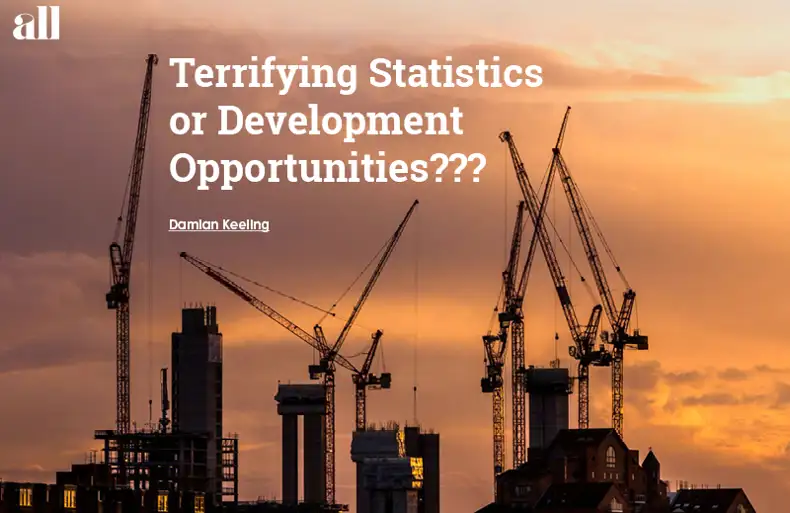Blog | Lease Consultancy | Owner Lease Renewals
Happy Birthday to MEES

On the anniversary of Minimum Energy Efficiency Standards coming into force not a single council in England and Wales had issued any enforcement proceedings over MEES.
Reasons cited include: confusion over the amounts landlords should be paying, lack of resources and, most telling of all, low priority: Leicester City Council’s excuse was that they had not received any complaint relating to EPCs in the last 3 years.
Have EPCs and MEES had the desired effect of improving the built stock though? In 2012 F and G ratings accounted for 20% of new EPCs, they now account for 4% of new EPCs. Hurrah, an 80% reduction in unacceptably inefficient buildings in 7 years! Nonsense. The stock isn’t improving the assessment is, and here is why:
It takes effort (expense) to assess a building at its correct EPC level and it is easy (cheap) to assess it below its proper value. Today landlords have an incentive to get an EPC of E, but in 2012 they did not. Back then any old rating would do, and landlords, being rational, paid only for what they needed. What is surprising about this statistic is not the improvement, but that anybody bothers listing a new EPC of F or G at all – I presume that these must be the exempt properties.
It should be no surprise to anybody that 20% of new EPCs are now E (the new minimum landlords have to achieve). Going out on a limb I am going to predict that when MEES increase to D the number of new EPCs at E will reduce to near 0% and 40% of new EPCs will then be Ds. Sadly we will still be unable to say whether the built stock has improved because once again the “improvement” will be more about the quality of assessment than the stock being assessed.

A cynic might say that the whole system was devised to guarantee its own success by showing a measurable improvement in EPC ratings over time, regardless of the amount of CO2 being pumped into the atmosphere. But I am not that cynical. I think what is happening is that the industry is being introduced to a new regulation over a 20 year period. Most landlords are not dramatically impacted by MEES now, so nobody is objecting to them. Meanwhile the government is honing a mechanism to squeeze commercial landlords. When they do decide to make MEES bite (say, EPC B) the whole system will have been running in “beta” for 20 years and we will not even question whether they are fit for purpose; the time for that will have passed. The tragedy is that EPCs are a terrible predictor of how much CO2 a building emits per square foot.
MEES may not be having much impact on the built stock yet, but this test phase is starting to get landlords thinking about the regulatory hoops they need to navigate, and getting councils to identify the administrative problems of enforcing the regulation. MEES and EPCs are here to stay, not because they are successful, but because they provide a morally justifiable ratchet for the government to increase pressure on landlords in years to come.
By 2023 councils will have worked out how to enforce MEES effectively and landlords will know how to predict and minimise their impact. Investors begin to factor in low EPCs when making purchases but the cost implication will still be low. As the implications become more predictable some vendors hold off biding on certain property but they will not be driving the market.
After April 2023 MEES will apply to existing leases as well as new leases. Just as 2018 was a beta test, so 2023 will be a test of new regulation in practice but without putting any serious added financial burden on landlords. Once the creases have been ironed out landlords will be able to predict and model the effect of future changes to the minimum standard. From that point onwards the government will be able to begin talking seriously about increasing the MEES from E to D. This is when investors will begin to take EPCs very seriously, demanding more information and carrying out their own assessment as part of building due diligence. Partly because it will matter more, but partly just because the analysis will be possible. A complex implementation of new legislation is hard to predict until you experience it – like BREXIT.
Sometime thereafter we may well have a system in which the government will be able to increase MEES and impose an obligation on landlords to make building efficiency improvements which are currently marginal in terms of cost but could be heavy in terms of asset management time (e.g. installing rooftop PV).
So what? The mass market for efficiency technology in commercial property is coming in 5 to 10 years’ time.
Related Insights

Terrifying Statistics or Development Opportunities???
Chronic under-delivery of new housing will likely continue to act as a support for pricing in the face of consistent demand, ...

All Magazine Summer issue – All the News, All the Views
Topical news and views from Allsop

Allsop sells Hadrian’s Tower, Newcastle’s tallest residential building
On 20th June 2025, L1 Capital acquired Hadrian’s Tower, a landmark 27-storey residential building in Newcastle city centre, i...

Allsop releases July commercial auction catalogue
Allsop has released the catalogue for its July commercial auction, featuring 102 lots with guide prices ranging from £1,000+ ...